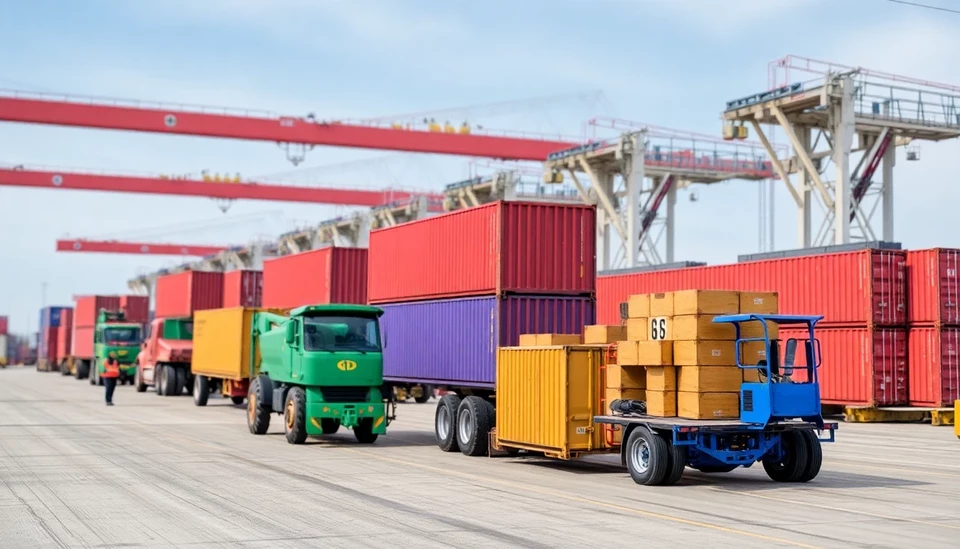
As the landscape of international trade continues to evolve, U.S. exporters are grappling with the ever-present shadow of the Trump-era tariffs. Initially designed to protect American industries, these tariffs have evolved into a significant hurdle for businesses looking to expand their market reach.
In recent analyses, it has been underscored that the ramifications of these tariffs are particularly pronounced in key sectors such as agriculture, technology, and manufacturing. Exporters are facing increased costs and complexity, which are eroding their global competitiveness. This is especially troubling as these sectors were once viewed as the backbone of the American economy.
The tariffs, instituted during the former president’s administration, were aimed primarily at China but have since affected a wide array of products from various countries. Companies that depend on exports are now confronting not only the tariffs themselves but also retaliatory measures from foreign governments, further complicating trade relationships.
Many exporters have reported rising prices linked to tariff impacts, which are ultimately passed on to consumers. This situation has forced businesses to rethink their supply chains and reconsider their export strategies, as the additional costs may deter international buyers or reduce profit margins significantly.
Furthermore, the unpredictability surrounding trade policy under the Biden administration also adds another layer of uncertainty. While some tariffs have been adjusted or removed, ongoing negotiations and potential new policies loom large in the minds of exporters who are eager for a more stable trading environment.
To counter these challenges, many U.S. exporters are exploring alternative markets, seeking new trading partners beyond traditional allies. By diversifying their export destinations, businesses aim to mitigate risks associated with tariffs that are impacting their existing operations.
Despite the hurdles imposed by tariffs, there is a silver lining; some businesses are experiencing growth by adapting their strategies. By innovating their supply chains and focusing on domestic production, they are striving to minimize dependency on foreign markets that could be impacted by tariffs. This move not only bolsters their position in the U.S. market but also aligns with a growing call for American-made goods.
The ongoing debates about tariffs underscore the complexities faced by U.S. firms in an interconnected world economy. As polices shift and new negotiations unfold, it is essential for export-dependent businesses to stay informed and agile, ready to adapt to an ever-changing trade landscape.
Indeed, the issue of tariffs is not merely a matter of economics; it taps into broader discussions about nationalism, protectionism, and the global balance of power. U.S. exporters are at the frontline of these debates, balancing their need for competitiveness with the regulatory oversights that have emerged from past administrations.
In conclusion, while the challenge presented by Trump-era tariffs is formidable, it also presents an opportunity for U.S. exporters to innovate and rise to the occasion. The path forward may be winding, but with resilience and adaptability, businesses can navigate these complexities and find success in the global market.
#Tariffs #USExports #TradePolicy #SupplyChain #TrumpEra #GlobalTrade #BusinessStrategy
Author: Rachel Greene




